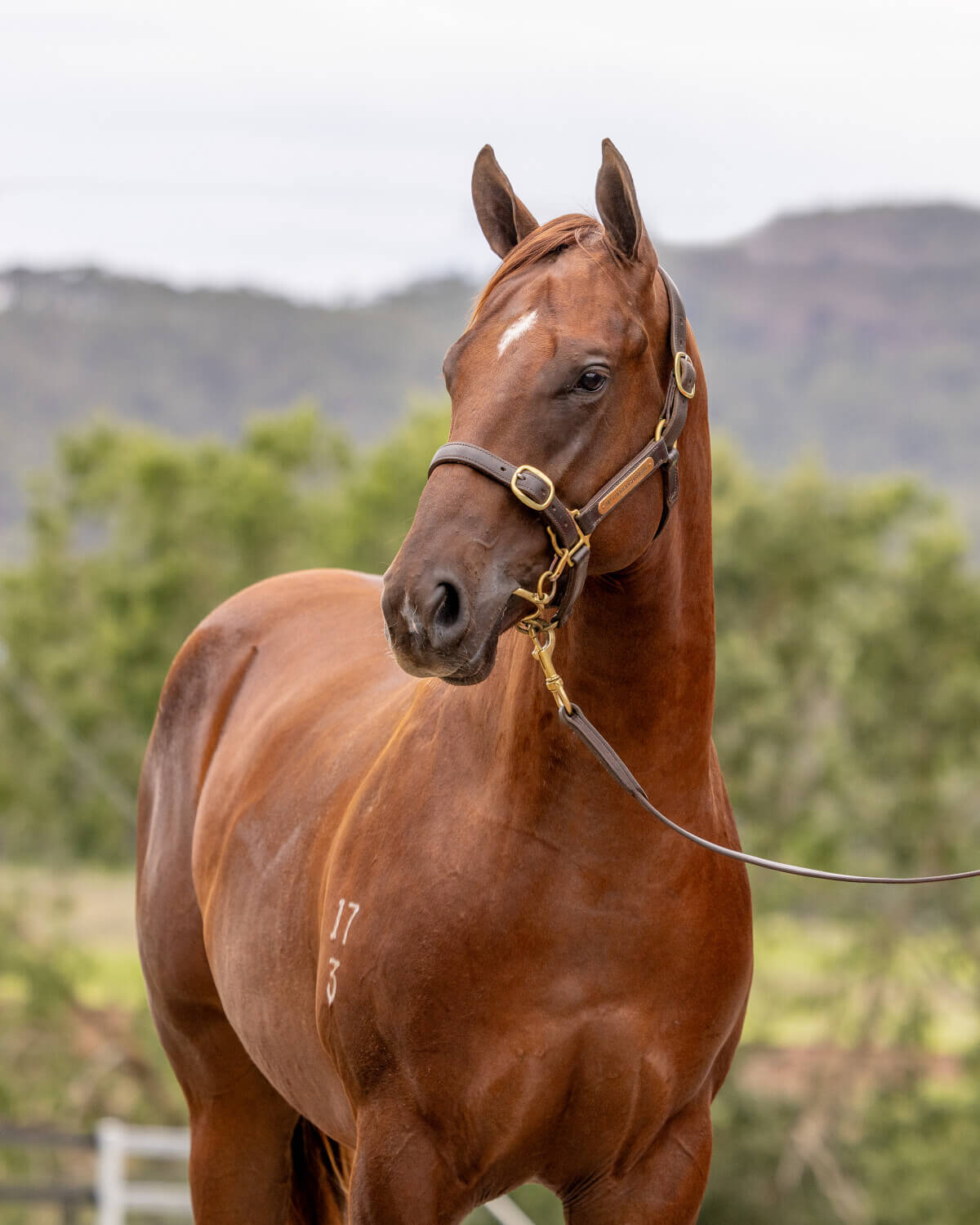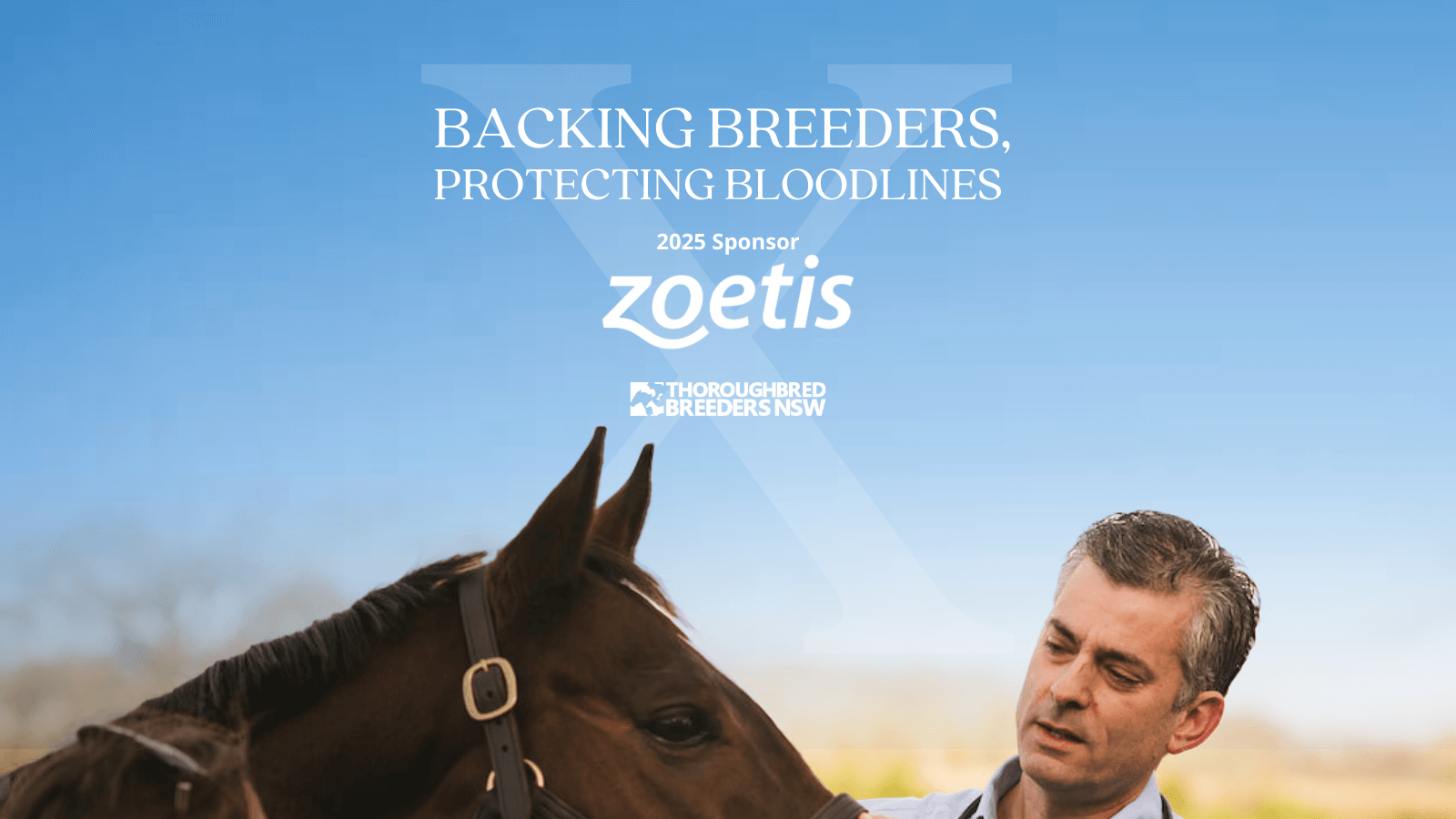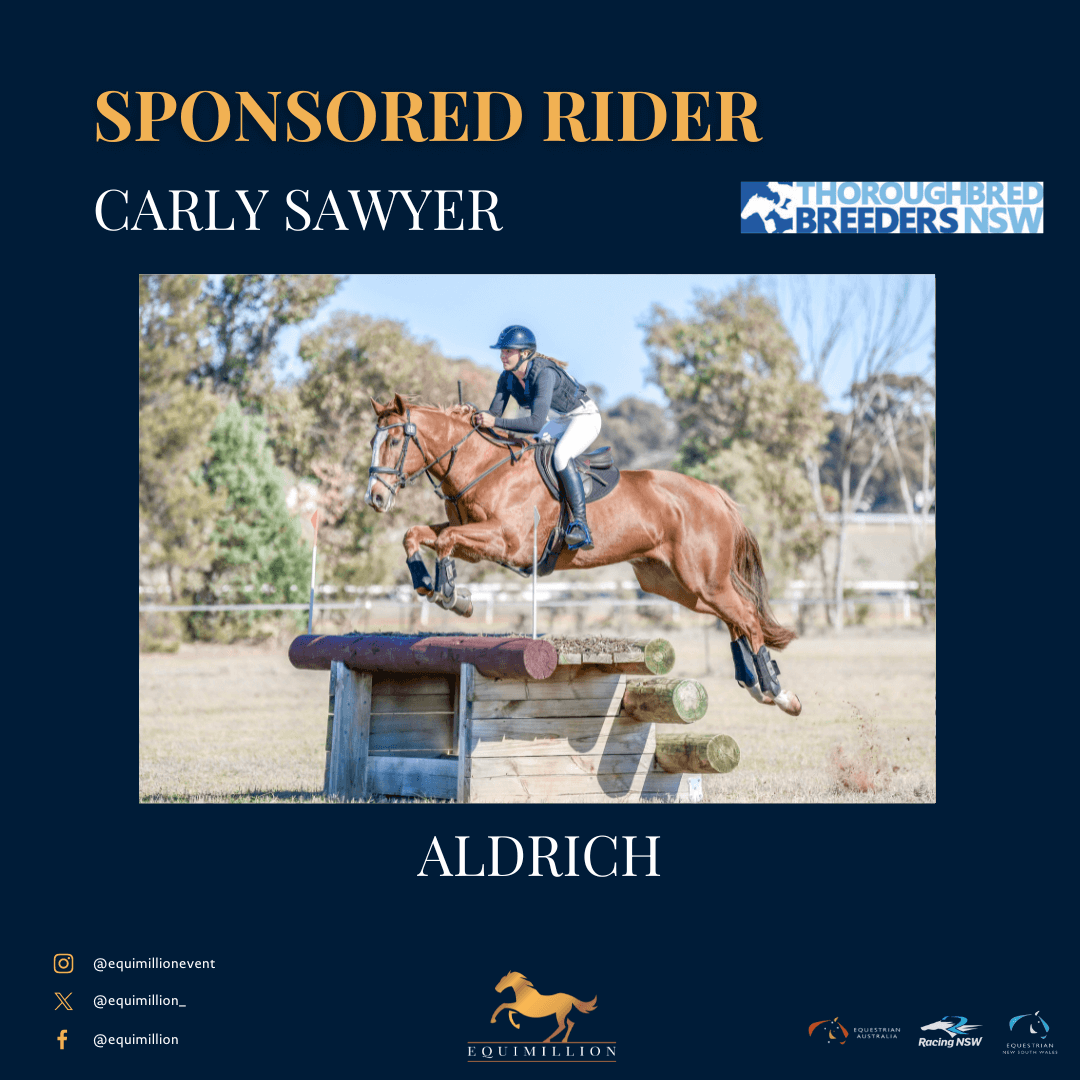If I heard it once last week at Inglis Easter, I’ve heard it a thousand times at sales over the years – ‘Ladies and gentlemen, he’s a November foal, all he’s going to do is improve’, so what does it mean and why bother to announce it? Statistics would suggest it’s a positive for the purchaser.
The foaling season in Australasia runs from late July into August and through until early December with the majority of foals born in August, September and October.
Those born in November and the few that arrive in early December ( yes, Lonhro was one of those) are seen as having a physical disadvantage over their peers at sale time being a couple of months behind in development.
As time passes and these horses progress into racing careers, the couple of months they lose at the start really equates to nothing in the long term as they all pretty much catch up in the long run.
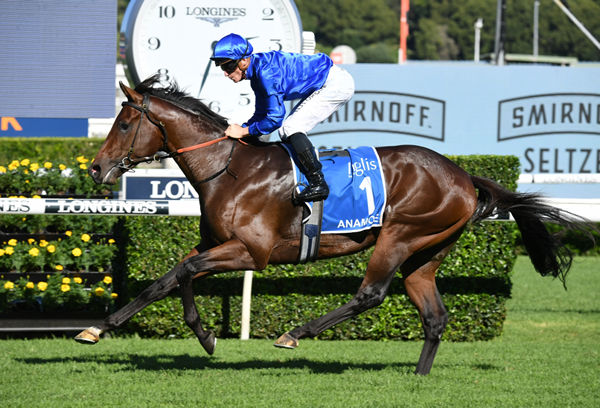
G1 winning 2YO Anamoe is a November foal. – race images Steve Hart.
Last Saturday at Randwick, three of the four Group I winners Anamoe (2YO), Explosive Jack (3YO) and Nature Strip (6YO) were all November foals.
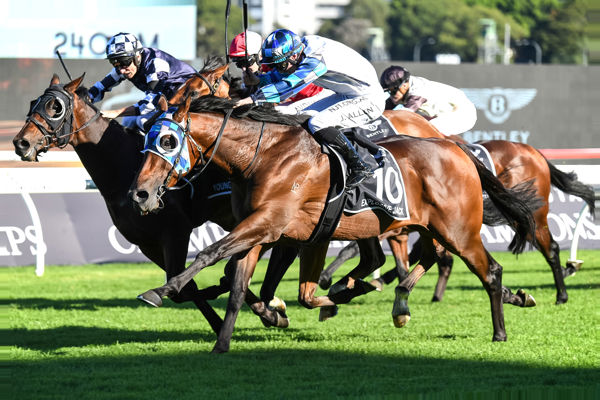
G1 winning 3YO Explosive Jack is a November foal.
They join fellow Aussie Group I winners this season that are also November foals in Mo’Unga, Bivouac, Celebrity Queen, Inspirational Girl, Johnny Get Angry, Kolding, Probabeel and Think it Over.
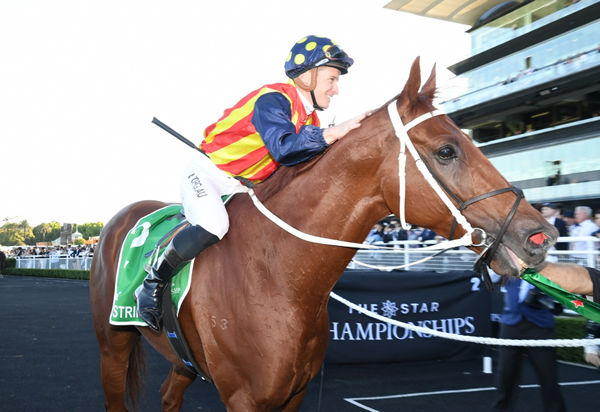
G1 sprinter Nature Strip is a November foal.
The real commercial difference about November foals is their sale ring price as seen in the tables below which highlight the following points:
*At Inglis Easter this year November foals were 38% cheaper than August foals (on average) and only one of the 23 yearlings that sold for $1million or more was born in November, read about her here.
*At all yearling sales in Australia this year November foals were 28% cheaper than August foals.
*At all yearling sales in Australia over the last five years November foals were 36% cheaper that August foals.
| All Yearling Sales 2021 | ||
| Born | AvgPrice | Sold |
| August | $168,850 | 860 |
| September | $141,891 | 1330 |
| October | $130,453 | 1154 |
| November | $121,168 | 268 |
| Easter Yearling Sale | ||
| Born | AvgPrice | Sold |
| August | $416,081 | 74 |
| September | $392,876 | 113 |
| October | $368,496 | 123 |
| November | $258,229 | 48 |
| All Sales Last 5 Years | ||
| Mth | AvgPrice | Sold |
| August | $144,192 | 2827 |
| September | $119,566 | 4294 |
| October | $99,277 | 3789 |
| November | $91,498 | 1045 |
There is no escaping the fact November foals make less money in the sale ring, but on the racetrack they make up for that shortfall in spades.
*In the last 10 seasons (Since Aug 1, 2012) there have been 629 Group I races and 3017 individual horses have run in them.
*568 were August foals with 63 of them becoming a G1 winner (11.1%)
*318 were November foals with 55 of them becoming a G1 winner (17.3%)
With a Southern Hemisphere born foal you are more chance of winning a Group I race with a November foal than any other month.
August foals are good for sale results. November foals are good for race results!
10-time Group I winner and now leading sire So You Think is one of the all time greats among November foals, famously winning his first Cox Plate before his third birthday.
Email us at media@breednet.com.au if you have a favourite November foal story!
www.breednet.com.au | Tara Madgwick
